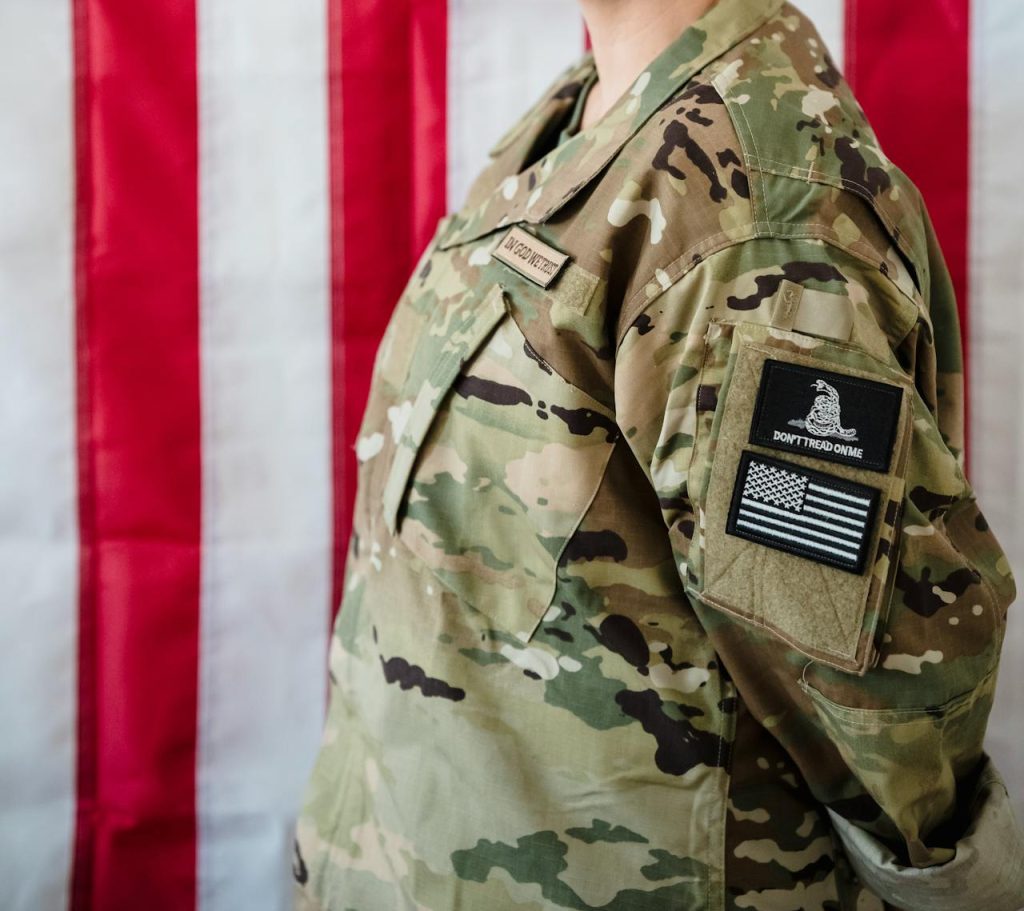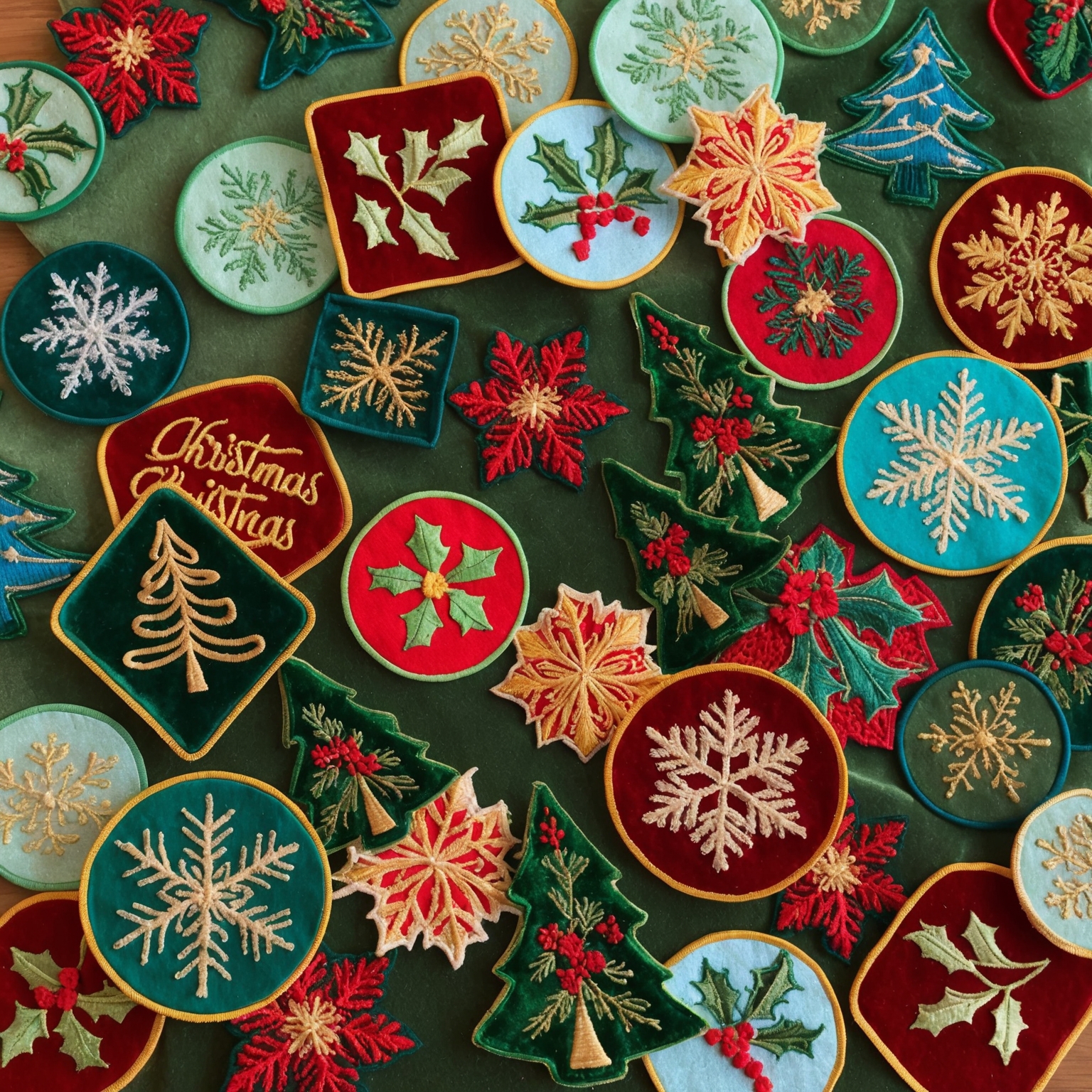Imagine a soldier, battle-worn and weary, looking down at the emblem sewn onto their uniform. This small piece of fabric carries with it the weight of history, pride, and identity. Military emblems are more than just decorative patches; they are symbols of valor, unity, and tradition. But what stories do these emblems tell? How have they evolved, and why are they so significant? Let’s embark on a journey through time, exploring the rich tapestry of historical military emblems and uncovering their profound impact.
Military emblems have played a crucial role in armed forces worldwide, serving as powerful symbols of identity, heritage, and camaraderie. These emblems encapsulate the essence of military units, representing their achievements, values, and traditions. This article delves into the significance of historical military emblems, addresses common misconceptions, and provides insights into their enduring legacy.
The Origins of Military Emblems
1. Early Beginnings:
Ancient Symbols:
Military emblems can be traced back to ancient civilizations where warriors used symbols to represent their clans, tribes, or armies. These early emblems were often depicted on shields, armor, and banners, serving both practical and symbolic purposes.
- Example: The Roman legions carried standards adorned with the eagle, symbolizing the might and unity of Rome. These standards were not only rallying points but also carried immense symbolic weight, representing the honor and strength of the Roman Empire.
Some might argue that ancient symbols were more about practicality than symbolism.
Solution:
While ancient military symbols did serve practical purposes, such as identification and rallying troops, their symbolic significance cannot be understated. They embodied the values, beliefs, and pride of the warriors who bore them.
The Evolution of Military Emblems
1. Medieval Heraldry:
Coats of Arms:
During the medieval period, heraldry became prominent, with knights and nobles displaying coats of arms on their shields and armor. These emblems were highly personalized, often depicting animals, colors, and symbols that represented family heritage and personal achievements.
- Example: The lion, a common element in heraldry, symbolized courage and strength. A knight’s coat of arms often told a story of lineage, accomplishments, and personal values, passed down through generations.
Concerns that heraldry is too individualized to relate to modern military emblems.
Solution:
While medieval heraldry was indeed individualized, it laid the foundation for the collective identity seen in modern military emblems. The principles of symbolism, representation, and pride continue to influence contemporary designs.
2. Modern Military Emblems:
Unit Patches and Insignias:
In the 20th century, military emblems evolved into the unit patches and insignias familiar today. These emblems represent entire units, such as battalions, brigades, or divisions, fostering a sense of unity and belonging among soldiers.
- Example: The U.S. Army’s 101st Airborne Division, known as the “Screaming Eagles,” features an eagle in its emblem. This symbol represents the unit’s airborne capabilities and fierce spirit, creating a strong identity and esprit de corps among its members.
Some might argue that modern emblems are less meaningful due to standardization.
Solution:
While modern emblems are standardized to ensure consistency and recognition, they still carry deep significance. Each emblem is carefully designed to reflect the unit’s history, mission, and values, maintaining their symbolic power.
The Significance of Military Emblems
1. Fostering Unity and Identity
Cohesive Forces:
Military emblems play a crucial role in fostering unity and identity within military units. They serve as visible symbols of membership, creating a sense of belonging and camaraderie among soldiers.
- Example: During World War II, soldiers from different backgrounds and regions came together under the same emblem, uniting them in a common cause. The shared emblem helped build a cohesive fighting force, enhancing morale and effectiveness.
Concerns that emblems alone cannot create unity.
Solution:
While emblems are just one aspect of unit cohesion, their symbolic value is significant. They provide a visual representation of shared identity and purpose, complementing other efforts to build unity and camaraderie.
2. Honoring Heritage and Tradition
Preserving History:
Military emblems honor the heritage and traditions of units, preserving their history for future generations. They serve as a link between the past and present, reminding soldiers of the sacrifices and achievements of those who came before them.
- Example: The Royal Air Force’s roundel, featuring concentric circles of red, white, and blue, has been used since World War I. This emblem honors the RAF’s storied history and its role in defending the skies.
Concerns that historical emblems may be outdated or irrelevant.
Solution:
Historical emblems provide a sense of continuity and respect for tradition. They remind soldiers of their unit’s legacy, fostering pride and a sense of responsibility to uphold the standards set by their predecessors.
Practical Tips for Preserving and Displaying Military Emblems
1. Collecting and Caring for Emblems
Preservation Techniques:
Collecting military emblems can be a rewarding way to honor history. Proper preservation techniques ensure that these emblems remain in good condition for future generations.
- Example: Store emblems in acid-free containers, away from direct sunlight and moisture. Regularly clean and inspect them to prevent damage and deterioration.
Concerns about the effort and cost involved in preservation.
Solution:
While preservation requires effort, the rewards of safeguarding history are invaluable. Simple steps, such as using acid-free materials and controlled environments, can effectively protect emblems without significant expense.
2. Displaying Emblems with Respect
Showcasing Heritage:
Displaying military emblems with respect honors their significance and educates others about their historical value. Thoughtful displays can be created at home, in museums, or at military installations.
- Example: Create a shadow box display with emblems, photographs, and accompanying information. This not only showcases the emblems but also tells the story behind them, enhancing their educational value.
Concerns about finding suitable display space and methods.
Solution:
Flexible display options, such as shadow boxes or rotating exhibits, can accommodate various spaces and preferences. Involving professionals for high-value collections ensures proper handling and presentation.
Future of Military Emblems
Innovations and Trends:
Explore future trends in military emblems, such as digital representations and augmented reality. These innovations can complement traditional emblems, enhancing their accessibility and educational impact.
- Example: Digital archives and AR applications can bring historical emblems to life, allowing users to interact with and learn about them in immersive ways.
Conclusion
Military emblems are not merely decorative patches; they are powerful symbols of history, identity, and tradition. From ancient standards to modern unit patches, these emblems have evolved to represent the unity, heritage, and pride of military forces worldwide. By preserving and displaying these emblems with respect, we honor the legacy of those who served and ensure their stories are remembered. Embrace the rich tapestry of military emblems and their enduring significance in shaping the identity of armed forces.
By exploring and honoring military emblems, we connect with the rich heritage and enduring spirit of the armed forces. These symbols of valor, unity, and tradition continue to inspire and unite soldiers, preserving their legacy for future generations.
If you are interested in purchasing high-quality custom patches, feel free to call us at 866-903-4875 or fill out one of our FREE quotes here.





